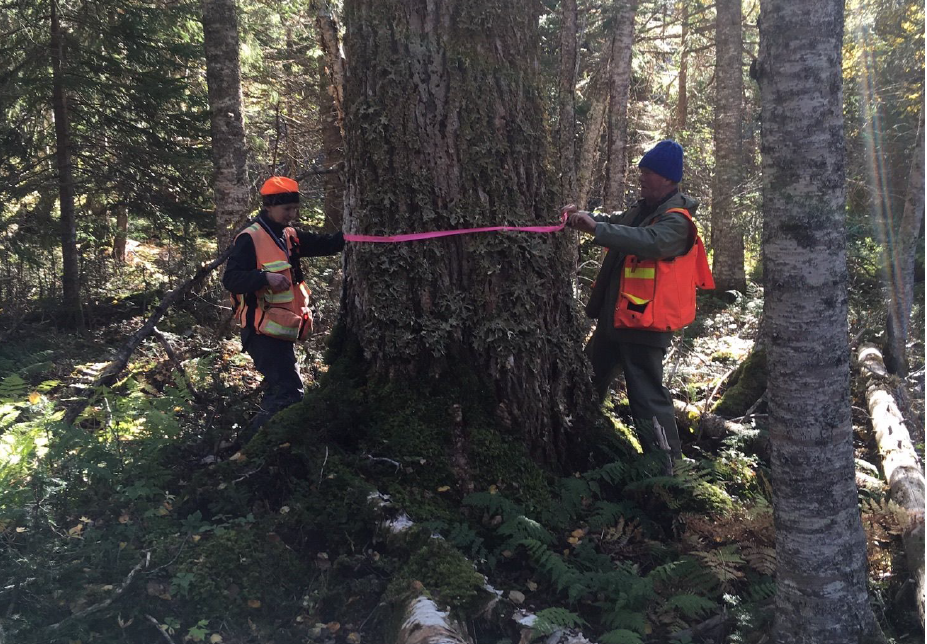As interest in the utilization of environmental resources has increased, the need for land monitorship became evident. Qalipu First Nation’s Department of Environment and Natural Resources launched a Land Monitor Program in the fall of 2023. The Department has a long history with their Fishery Guardian Program working to protect local waterways, so it was a natural progression to ensure natural resource protection was the focus of any land development, particularly in the Central region of the province that has seen a rapid expansion of wind energy development and mining. The goal of guardianship is to protect the environment that holds reverence in our ancestral traditions. Land monitors use a combination of traditional and modern scientific exploration to not only protect the environment but also to participate in vital preservation research undertaken by the Department.

The site of the inaugural Land Monitor Program undertaken by Qalipu was Charlie’s Place, nestled between the Southwest and Northwest Gander Rivers, it has been a cultural beacon in its neighboring communities for generations. Qalipu First Nation Council has been working to establish the area as an Indigenous protected area for several months, bolstered by support from band member and Land monitor, Justin Hodge. Justin was joined by Dean Gillingham to maintain guardianship of Charlie’s Place during the Fall of 2023.

The 2023 Land Monitor Program was a resounding success supported by many fellow land monitors, environmental researchers, including Natural Resources Canada, and corporate partner Teck Resources Limited, which supported the program via a financial contribution. The work helps to build on Environment Canada’s knowledge base regarding the biodiversity and significance of the area. Working closely with these partners has demonstrated the value of collaboration between government entities, industry, and Indigenous peoples to share knowledge and protect sacred environmental resources. Based on the success of last year’s work, the Department of Environment and Natural Resources hopes to expand into the western region, and to make this program a permanent part of their operations.

